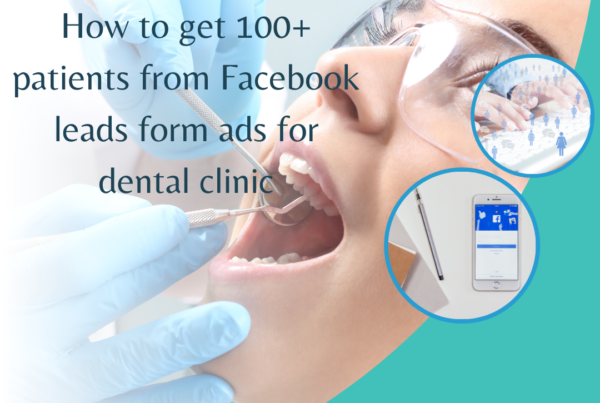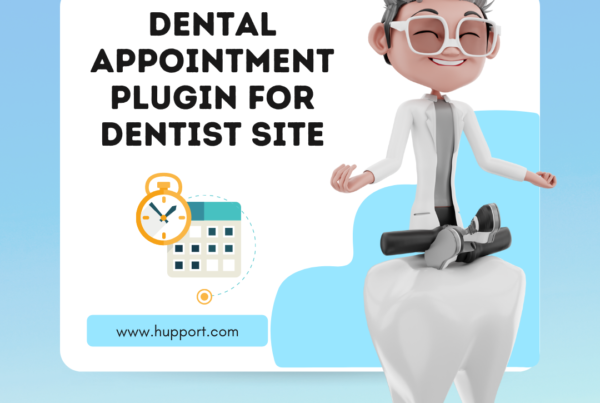Dental Website for Your practice; As a dentist, you need an attractive and engaging website to showcase yourself and your dental practice to the public. You also need an engaging website to engage with prospects until they are converted to loyal patients.
Your website is the doorway to your clinic. Your website contains every detail and information about you and your services. It contains detailed information about your dental practice and everything you do. Potential patients will first go through your website to know more about you and your practice before deciding to choose you as their dentist.
Without a high-quality, attractive, and engaging website, your dental practice is incomplete. You may lose lots of prospective patients that may need your services if you don’t have a high-performing website in place.
You need an attractive and engaging website for your dental practice. Your website should be intuitive and easy to use.
To build an attractive and engaging website, there are several elements and processes involved. Building a high-performing website can take a reasonable amount of time, effort, and resources.
In this article, we are going to have an in-depth look at how you can build an outstanding website for your dental practice.
Design process
The website design process is the core of the design of your website. The web designing process consists of numerous steps. A website designer or a website design team needs to go through all these steps in order to develop an outstanding website that is attractive and engaging.
Website design process is grouped into six primary phases. These include:
- Brief
- Planning
- Design
- Development
- Launch
- Maintenance
Phase 1: Briefing
This is the first stage of website design. This is where everything about a website design project is discussed. This is the most crucial part of the whole website designing process. Everything being discussed here will influence the appearance and performance of the website.
This is when the website designer collects all the necessary information from you, the website owner, to get the website design process started. While you explain what you need and expert, the website designer should also explicitly understand what you need and expect.

Briefing
Here, you can discuss about your dental practice and the services you provide. You can also discuss about your potential clients and your target audience. These are the people you expect to visit your website more. A complete understanding of your target audience gives the website designer a solid understanding of what to do.
Another thing you should discuss is the goals and objectives of your website. A clear understanding of the goals and objectives of your website gives the website designer a clear knowledge of how to build your website.
You can also discuss how you want your website to look like. What functions and features do you want to include in your website?
Everything about your needs and expectations should be discussed to ensure that you get the best results.
Phase 2: Planning
After discussing everything you need and how you want your website to look like with your website designer, the next steps are left to your website designer.
The planning stage involves planning the start to finish of the website design project. This stage usually begins with defining the project scope.
The project scope plan covers tasks that should be done, deliverables that should be provided to the client, timelines, and milestones.
Lots of research work will be done by the designer and the design team. The designing team will brainstorm and come up with ideas and prototypes to meet the client’s specifications and expectations.

Planning
As a general rule, this phase covers aspects of website design such as:
- Sitemap
This defines the overall website’s architecture and hierarchy.
- Information structure
This defines how the content of the website will be structured. This is one of the most crucial steps in the web design process.
- Wireframes
This is where the design team creates the initial layout of the pages and mockups. They create dummy blocks and graphics to schematically reproduce an information structure. The team also maps out the location of the functional units in the website to ensure proper level of usability and accessibility.
After creating a dummy creating dummy blocks and graphics, the team will send to you (the client) for feedback. You can make necessary adjustments if need be. You need to ensure that everything is exactly how you want them. If you’re satisfied, you can then instruct the designing team to continue with the website designing.
Phase 3: Design
This is the stage for the actual design of the website. This stage involves coming up with design features, styles, and elements that will create the entire aesthetics and general look of your website.
The design team will need to research to find some good design inspiration.

Design
Here, the team will decide on aspects such as:
- Color scheme
The color and appearance of a website is the first thing that users see and understands in a website. The team will research and decide on the best color scheme based on your brand colors and that of your competitors.
- Branding
Branding elements such as logo, color and mascot will be considered. These visual identity elements help connect a website with the company.
- Typography
This includes the font look for header and body text, font size, and font style. Typography is very important because it is a tool to display text and also a trusted asset in the web design process. Typography is used to amplify messages, reinforce the website’s general appearance, and enrich the overall aesthetics of the website. It also helps to achieve optimal readability, improve user experience, and ensure a high accessibility level.
- Artworks
Artworks for headers, hero areas, footer, etc, produce the crucial first impression when a visitor visits a website.
- Visual elements
Visual elements such as icons, buttons, controls, etc, also make a big difference in the aesthetic appearance of a website. They complement the tone and style of a website and also enhance a great user experience.
- Media
These include videos, animations, hover effects, and transitions. Your website should be dynamic and interactive. Including all these can give your website a more dynamic appearance and great user experience.
This implies including into the website hover effects, transitions, animations, and of course, videos.
Phase 4: Development

Development
While the design stage focuses on the appearance of the website, the development stage focuses on codes and things to do to bring the designs to life. The development is where the website project is actually brought to life. It is at this stage that everything is done so that the website can become functional.
The development phase of the website design process is quite demanding and time-consuming.
The development phase includes several stages such as:
- Converting design into HTML/CSS template
- Converting HTML/CSS template into CMS-based website
- Adding all functional units
- Testing
The development phase includes factors such as:
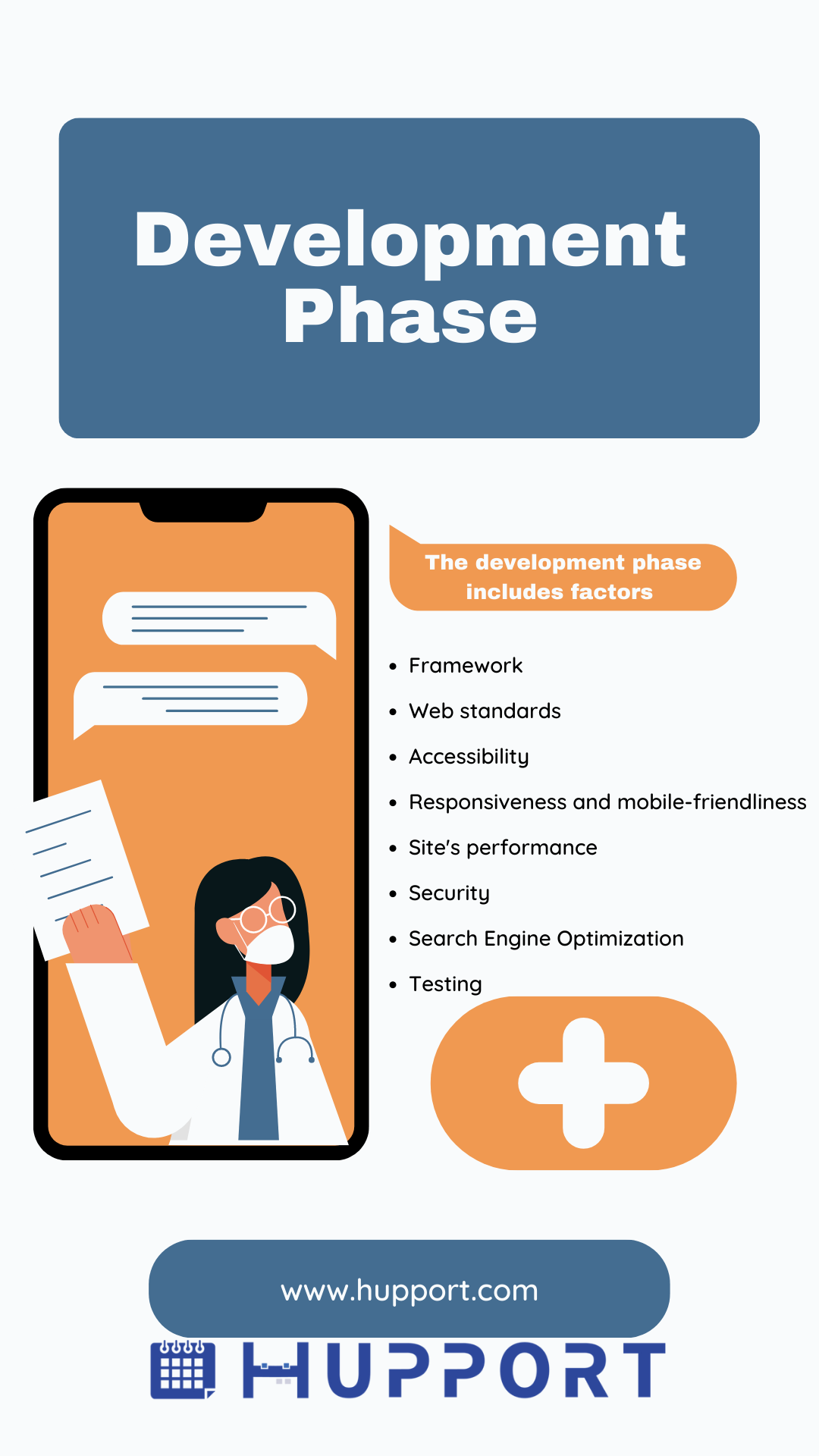
Development Phase
- Framework
Majority of websites are built on certain frameworks. The framework can be the unknown hand-crafted solution, popular boilerplate like Bootstrap, or a content management system like WordPress. Choosing the proper framework is vital.
- Web standards
It is very important that your website meets all the web standards to become a reliable asset. The codes should be optimized, well-structured, and well-documented so that your website can come out perfectly.
- Accessibility
When developing a website, accessibility is very crucial. Your website should be accessible to everyone, especially your target audience. Your website should meet the Web Content Accessibility Guidelines.
- Responsiveness and mobile-friendliness
There are lots of mobile phones, computers, and other devices with different screen resolutions. Your website should be very responsive and mobile-friendly. Visitors should easily navigate your website with their various devices.
- Site’s performance
Site optimization is very important. If your website works slowly or takes time to load, visitors will leave and never come back. This could make you lose potential clients. Your website should perform optimally and should load very fast.
- Security
When it comes to website development, security is another important factor to consider. There are tons of phishing attacks going on in the internet space. The security of your website should be a top priority during development.
- Search Engine Optimization
SEO is a vital aspect of every website in the World today. Your website should be easily accessible to online visitors when they perform Google searches for similar services.
- Testing
After development, your website should be tested to assess its performance. Reports should be created based on findings and bugs fixed before launching the website.
Best CMS for Dental Website
A Content Management System (CMS) is the code and platform that run approximately 90% of the websites in the world.
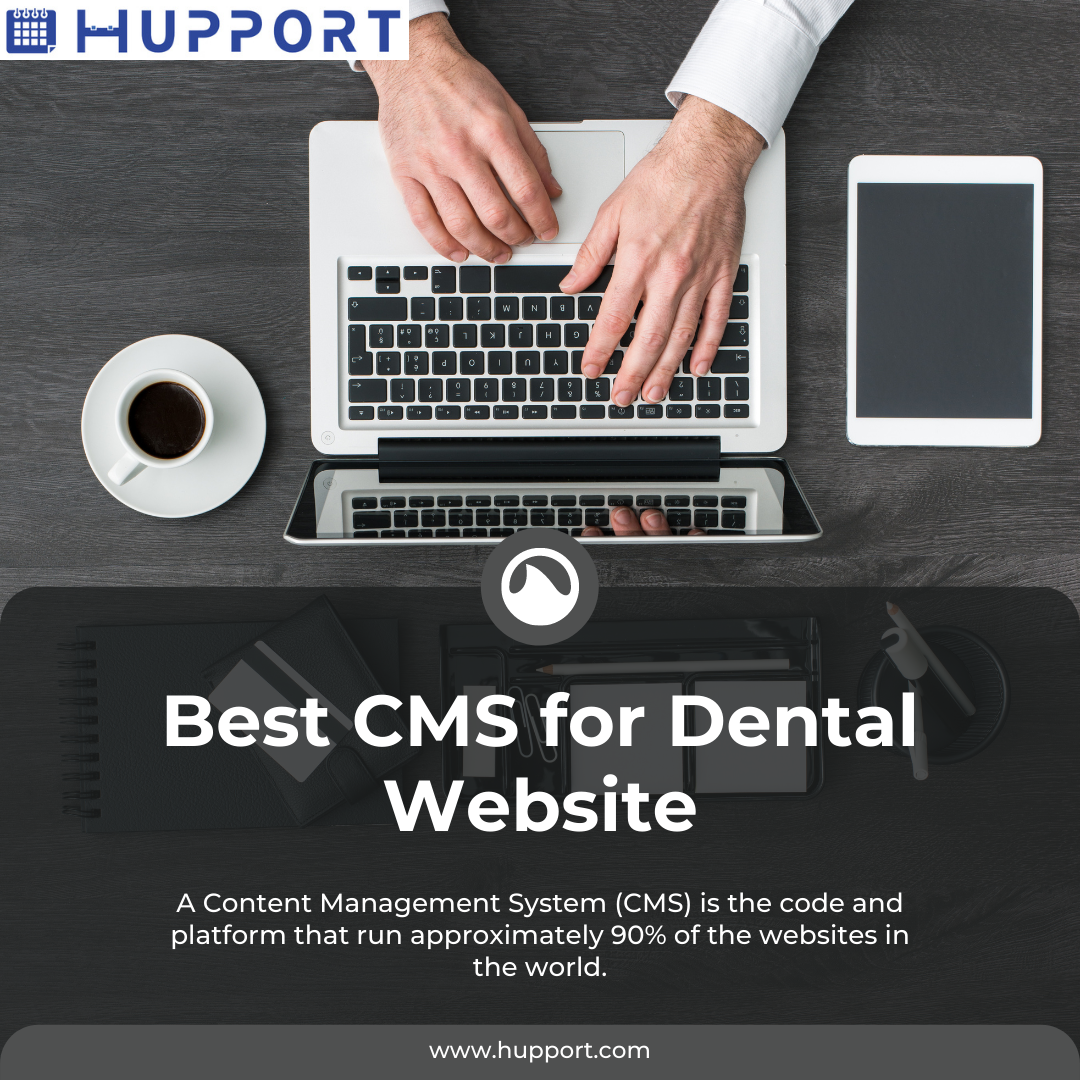
Best CMS for Dental Website
CMS’s have become the most cost-effective and marketing strategies for dental professional websites around the world.
There are many CMS’s in the world today. Some of the most popular CMS’s are WordPress, Joomla, Drupal, and Concrete5. The most popular and widely used CMS in the world today is WordPress. WordPress hosts over 17 million websites worldwide. Due to how widely it is used and its efficiency, WordPress is regarded as the best CMS in the world.
Best WordPress Plugins for Your WordPress Dental Website
Some of the most useful WordPress Plugins for your dental website are:
- Yoast SEO
- iThemes Security
- UpdraftPlus
- WP-Optimize
- Contact Form by WPForms
- Google Analytics Dashboard Plugin for WordPress by MonsterInsights
- Revive Old Post. Revive Old Posts – Social Media Auto Post and Scheduling Plugin
- WP AutoTerms
How To Hire A Website Designer For Your Dental Clinic
When you want to hire a website designer for your dental clinic, there are important things that you should know before making a decision.
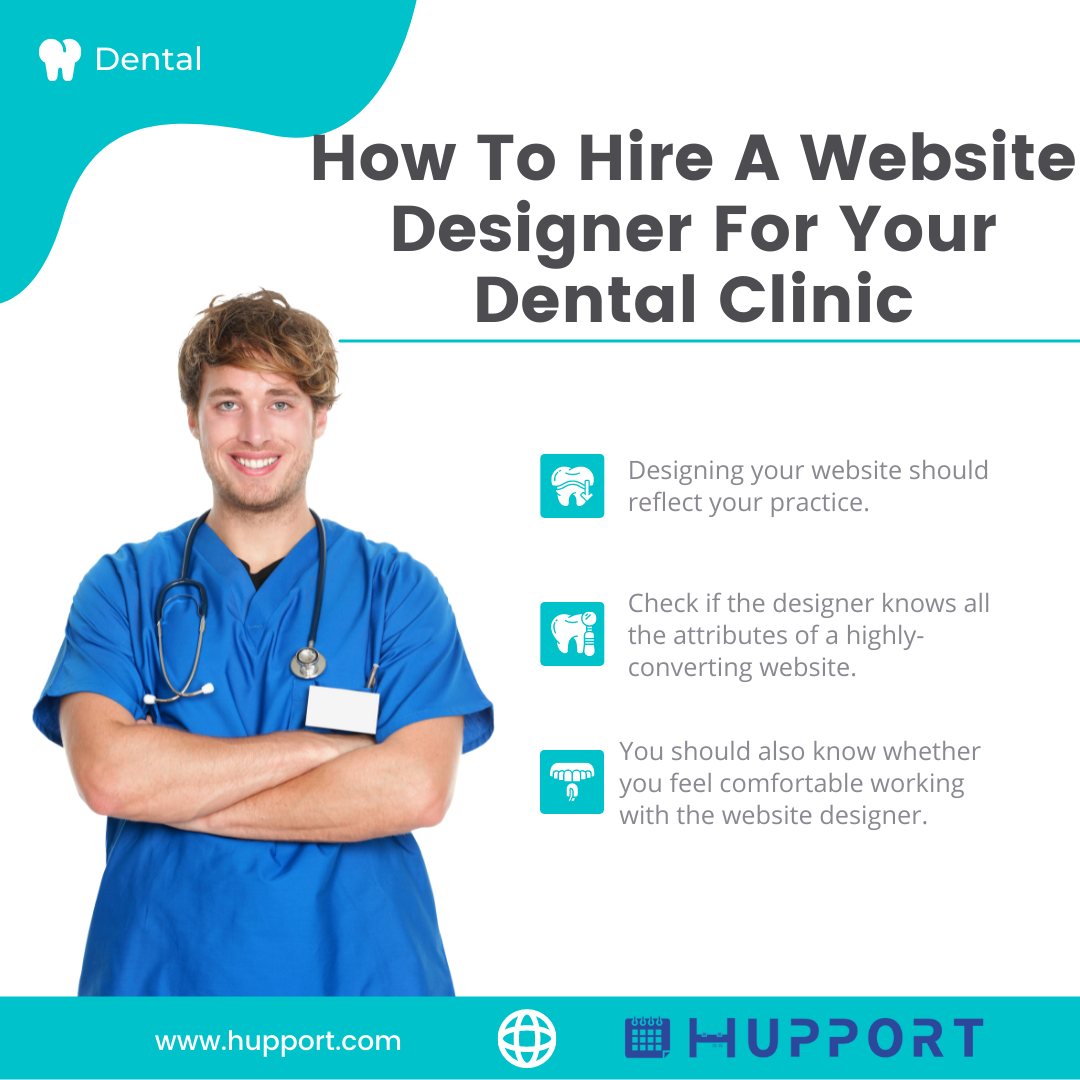
How To Hire A Website Designer For Your Dental Clinic
- Designing your website should reflect your practice. The website designer should learn about you and your dental practice, your website’s goals and objectives to fully understand how to design and develop your website.
- You should check out the designer’s previous jobs to see whether you like them or not. Check out the layouts, graphic designing, variations, and uniqueness in the previous websites created by the designer.
- Ask the designer for recent clients so you can get additional insights from people who have worked with the designer on how efficient the designer is. Talk with them and inquire about the designer’s management skills, communication skills, punctuality, etc. Their answers will greatly help you to make the right decision.
- Check if the designer’s website planning process is structured and systematic just like you want yours to be.
- Check if the designer knows all the attributes of a highly-converting website. Ensure that the designer knows about search engine optimization
- Ask about the fee and other estimated costs to know if you can afford the designer based on your budget. The standard of your website and the features you want on your website will determine the cost of the website.
- Ask the designer if he or she would take the responsibility of maintaining the website after it is created and what it will cost.
- You should also know whether you feel comfortable working with the website designer. This is important because good communication between you and the designer is vital from the start to the completion of your website.
Cost For Best Dental Websites (US Agencies)
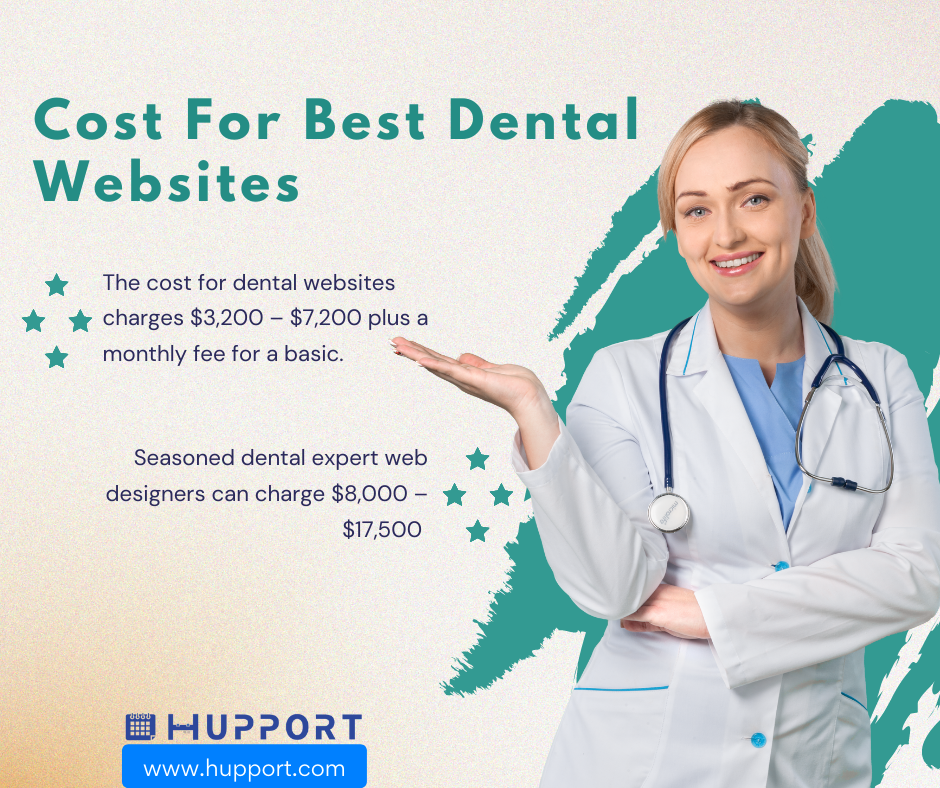
Cost For Best Dental Websites
The cost for dental websites varies. Some companies charge $3,200 – $7,200 plus a monthly fee for a basic dental website.
Seasoned dental expert web designers can charge $8,000 – $17,500 and above for a premium dental practice website that’s optimized for conversions.
Cost For Dental Websites By Freelancers From Asian Countries
The average freelance website designer may charge about $75 per hour. The typical cost to design a website ranges between $27 – $60 per hour. The cost can go up to $100 to $180 per hour based on a number of factors. Freelancers in Asian countries can charge between $5,000 – $10,000 to design and develop dental websites.


